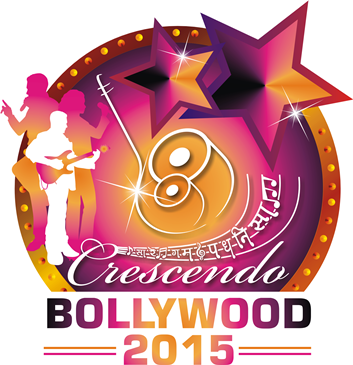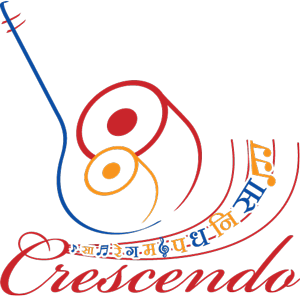Media for promotion of Indian Classical Music - by Chaitanya Kunte
In the ancient period, the music was sheltered in temples and it was performed, preserved and nurtured there. In medieval period, the royal courts gave patronage to music. The music was performed only in the rich people's villas and hence it was not open to all classes in society, but was restricted to higher class.
In modern period, in the British era, the music came in public domain and in post independent period, its patronage and platform of presentation changed. In the early 20th century, Pandit Vishnu Digambar Paluskar opened the music for the masses by giving ticketed public performances in open air pavilions. Following his footsteps, the other contemporary musicians like Abdul Karim Khan also started open concerts. Hirabai Barodekar was the first female singer to give such open performances and she made it very popular. Due to Hirabai Barodekar, the female singers got a respect in society and many others started learning and performing music.
The maestros such as Paluskar, Abdul Karim Khan, Bhaskarbuwa Bakhale, Bhatkhande opened music schools and collages which later took shape of Music Universities which contributed a lot for propagation of music. In these music schools, annual music conferences were held with the gathering of hundreds of artists from all over India.
Music connoisseurs also started organizing concerts and then they took a more organized shape such as Harvallabh Mela in Jalandhar, All Bengal Music Conference in Kolkata, etc. Many festivals were organized at religious places on the occasion of festivals and an example of such religious festivals in which classical music was promoted is Ganeshotsava in Maharashtra. In the post independent period, music circles were formulated which organized the music concerts.
The print media contributed a lot in promotion of music with publishing of books on music, such as collections of traditional compositions with notations, biography and autobiographies of musicians, theoretical literature, etc. The daily newspapers gave publicity with advertisements of music concert, previews and reviews on them, interviews of artists, criticism on the performances, etc. Magazines and journals on music also propagated performances and research in music.
Audio - In the early decades of 20th cent, the advancement in technology culminated into recording of sound and RPM records. HMV Company recorded the music in India and commercially released it and this was a revolution! By this, the voices and music was preserved and made popular. Later there was immergence of many such companies such as Beka, Young India, etc. First the duration of records was restricted to 3 min only, them it went to 7 min. By coming of LP, it was made up to 19 min. In 40s, the analogue audio spools and tapes were discovered which provided more length of capturing of music. In 80s, the audio cassettes came with 60 min and 90 min duration and through these cassettes, the classical music reached to a large section of society. From 90s and especially after 2000, the new digital technology gave birth to CDs and DVDs, by which one can store and listen to music for hundreds of hrs.
Radio (Akashvani) & Television - In British period itself, the radio was a new medium for music promotion. That time, radio was a private company called Broadcasting Company of India and the director Z H Bukhari was a great connoisseur of music and supported classical musicians. As India was made independent, the national broadcasting ministry was formulated and All India Radio (AIR) or Akashvani made a great contribution for spread of classical music. In every branch of AIR in the major cities of India, there was recruitment of musicians as staff artists, so they got fixed salary jobs. There were at least four chunks of broadcasts of classical music till 90s and by this; the classical music was broadcasted in the morning, afternoon, evening and night slots. In addition to this, there were National concerts of AIR every year with participation of top class artists from all over India. There were special feature programs such as Sangeet Sarita, Anuranani on music which gave information along with entertainment. Unfortunately now, after the semi privatization of AIR, the chunks on classical music are shrunken to very little amount. In 70s, Door Darshan started with audio-visual presentation of music and it got very poplar quickly. There were concerts, interviews, documentaries on musicians on Door Darshan. Now there are a lots of TV channels, but unfortunately very few promote classical music.
Internet - The internet medium is a resent and technically fast and more precise medium for promotion of music. Especially after 2000, the pop up of thousands of Websites, Blogs on music made it worldwide popular and accessible. There is a huge amount of information on the internet about music. There are blogs by musicians and connoisseurs discussing about music. On the e-groups, people discuss about their opinions on music. Many recording companies sell their products of CDs, DVDs online. Now, there are many e-Gurukuls or web portals for learning classical music.
So, print media, audio-visual media and most recent of all, the web or internet media has contributed a lot for the promotion of music in the post-modern world.



